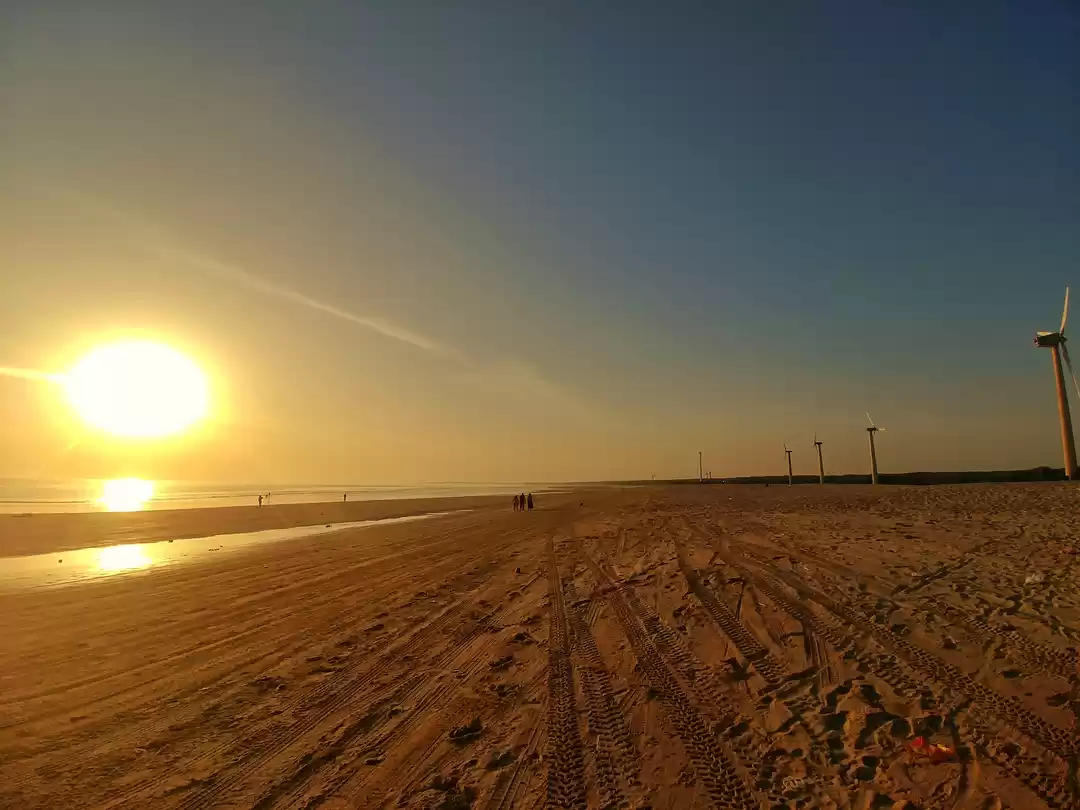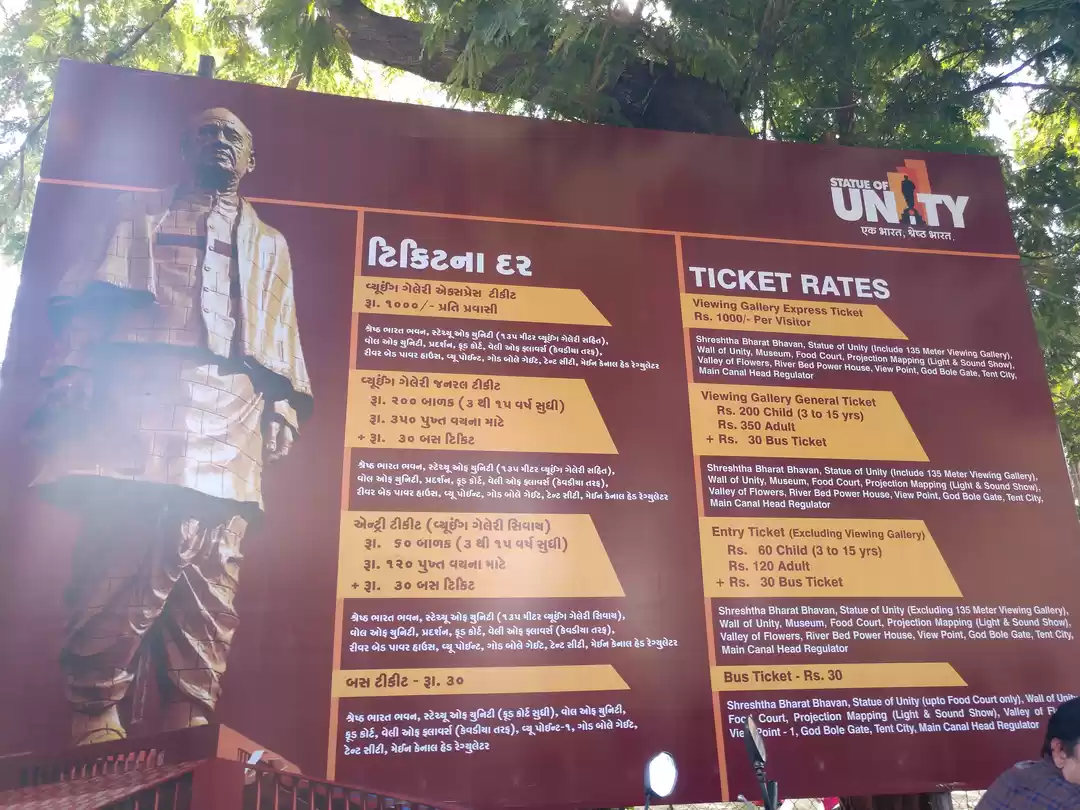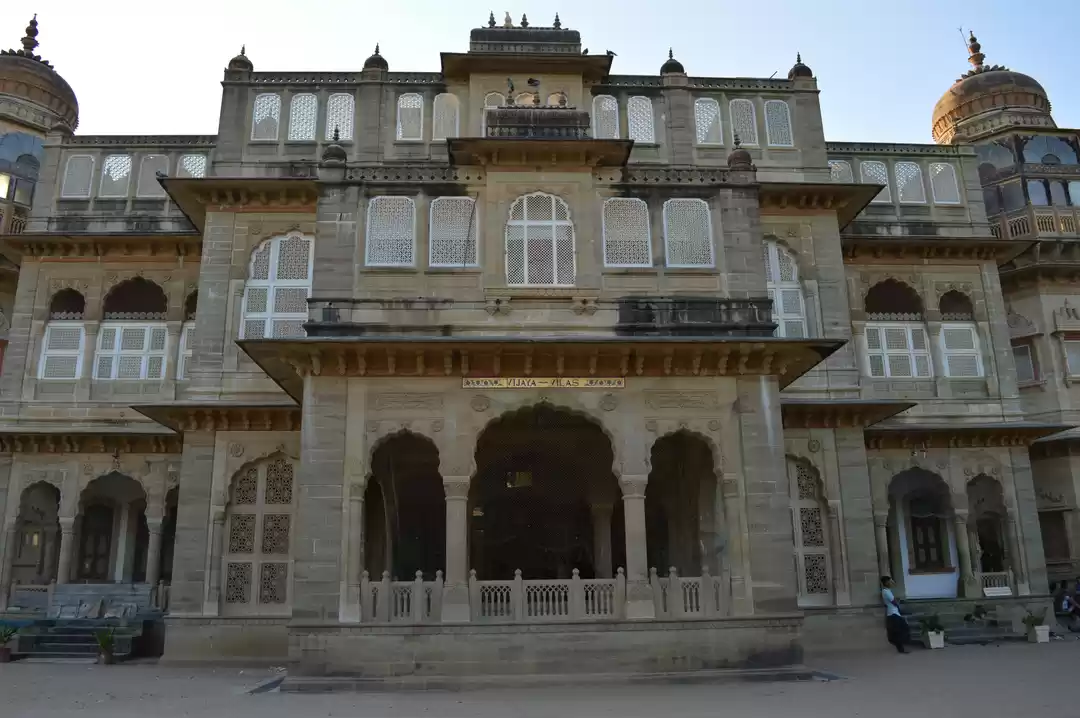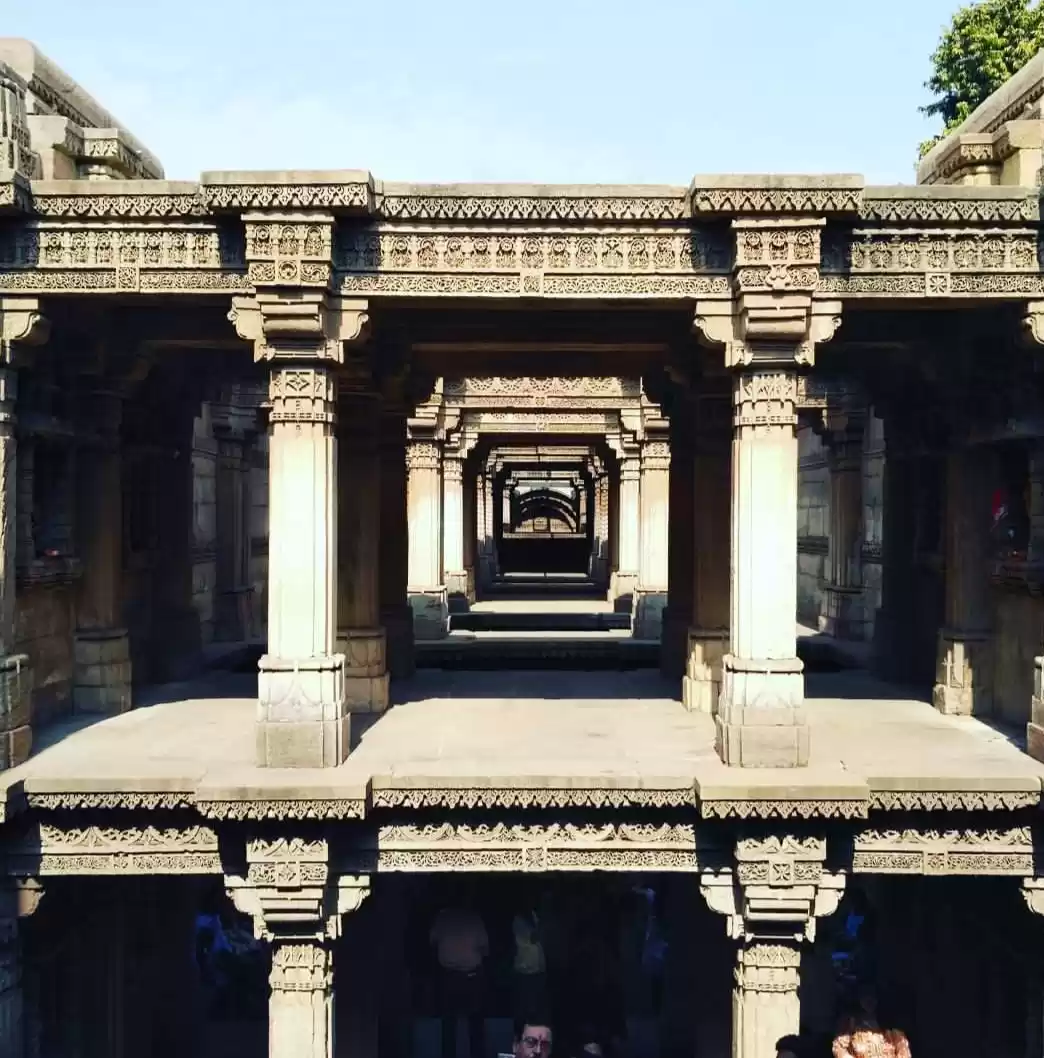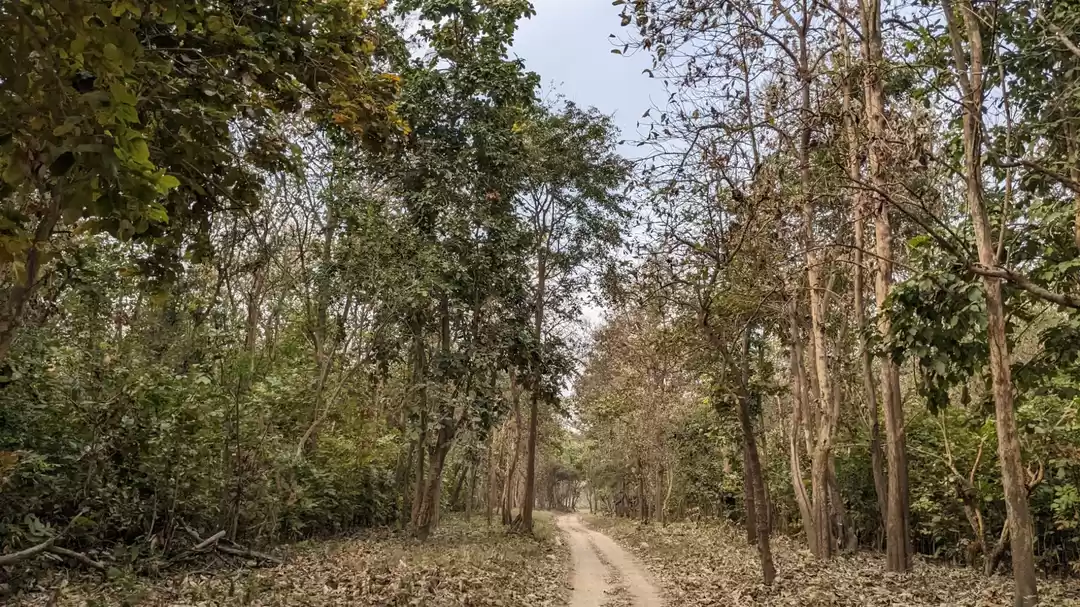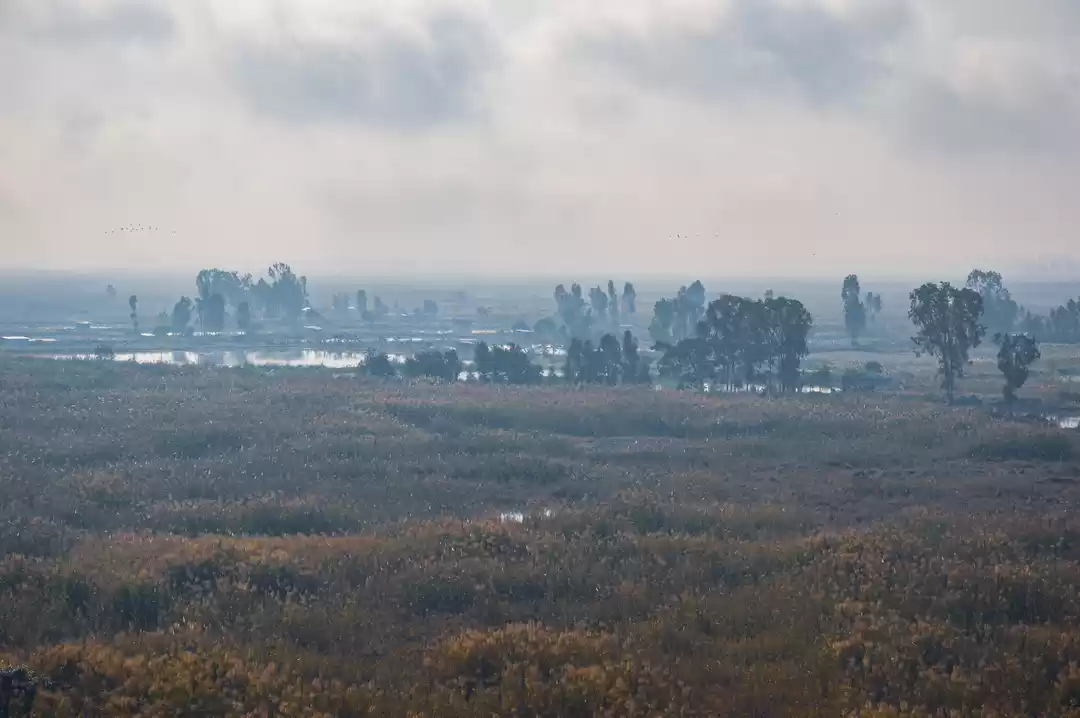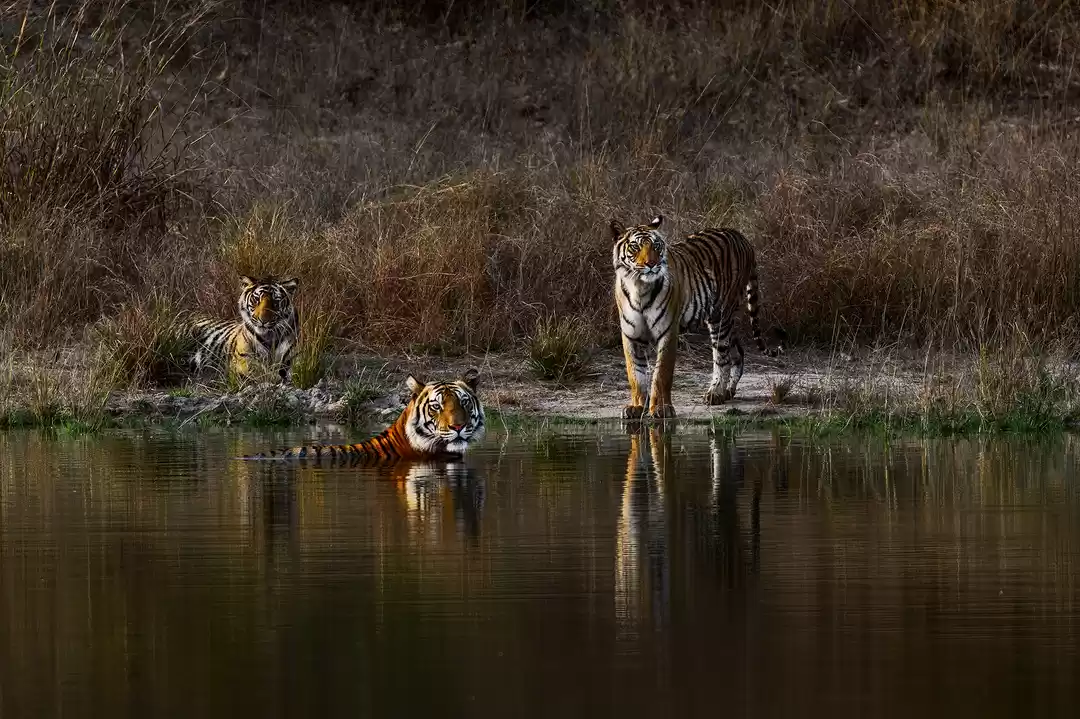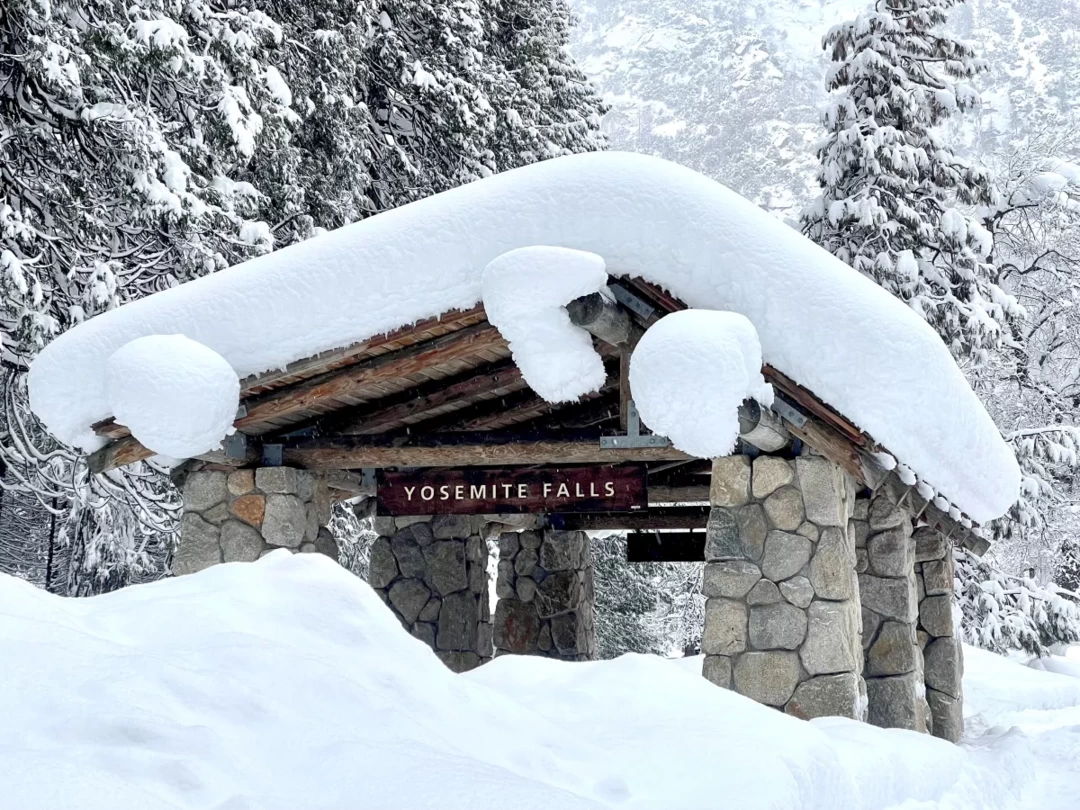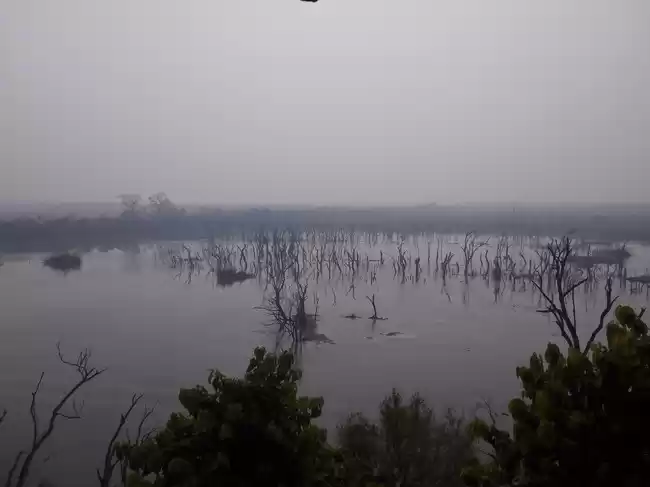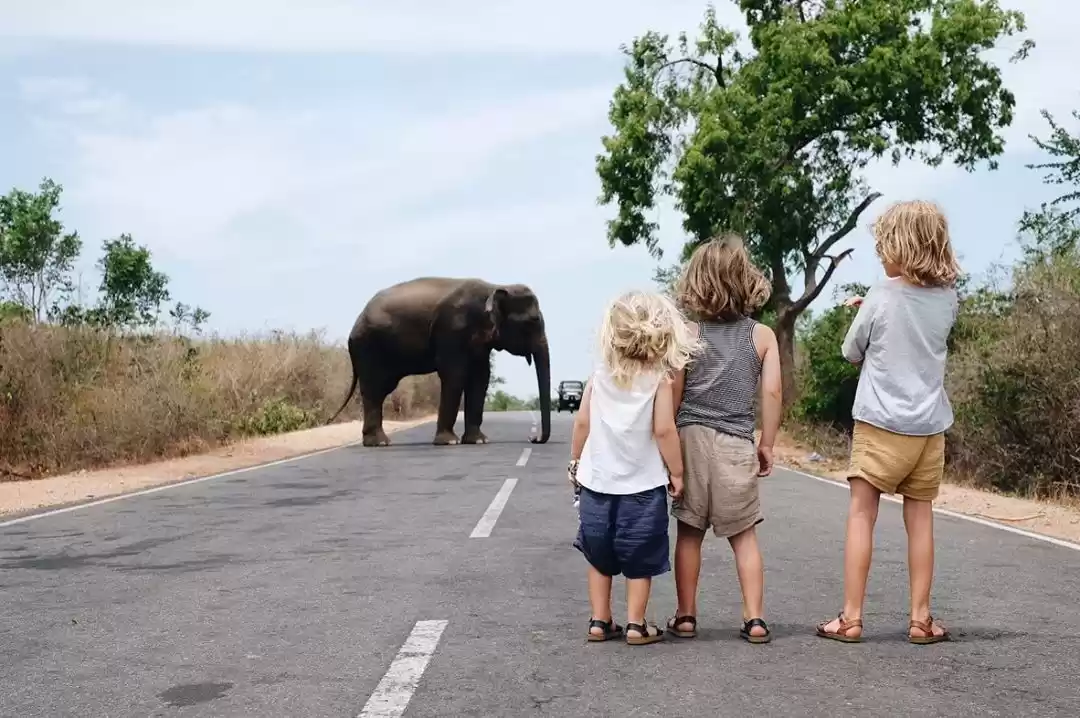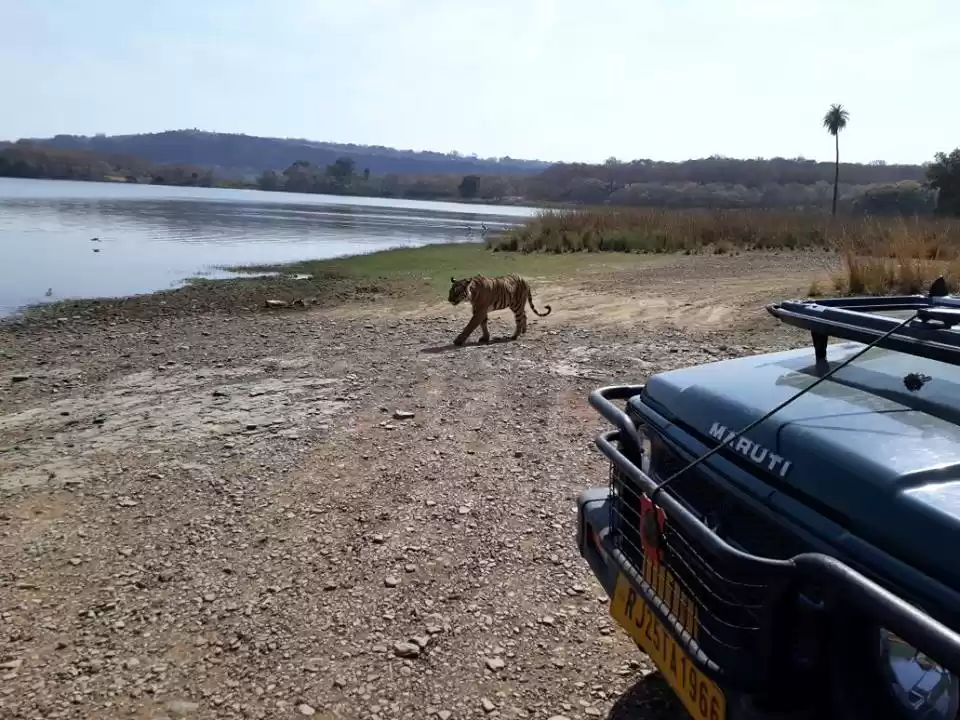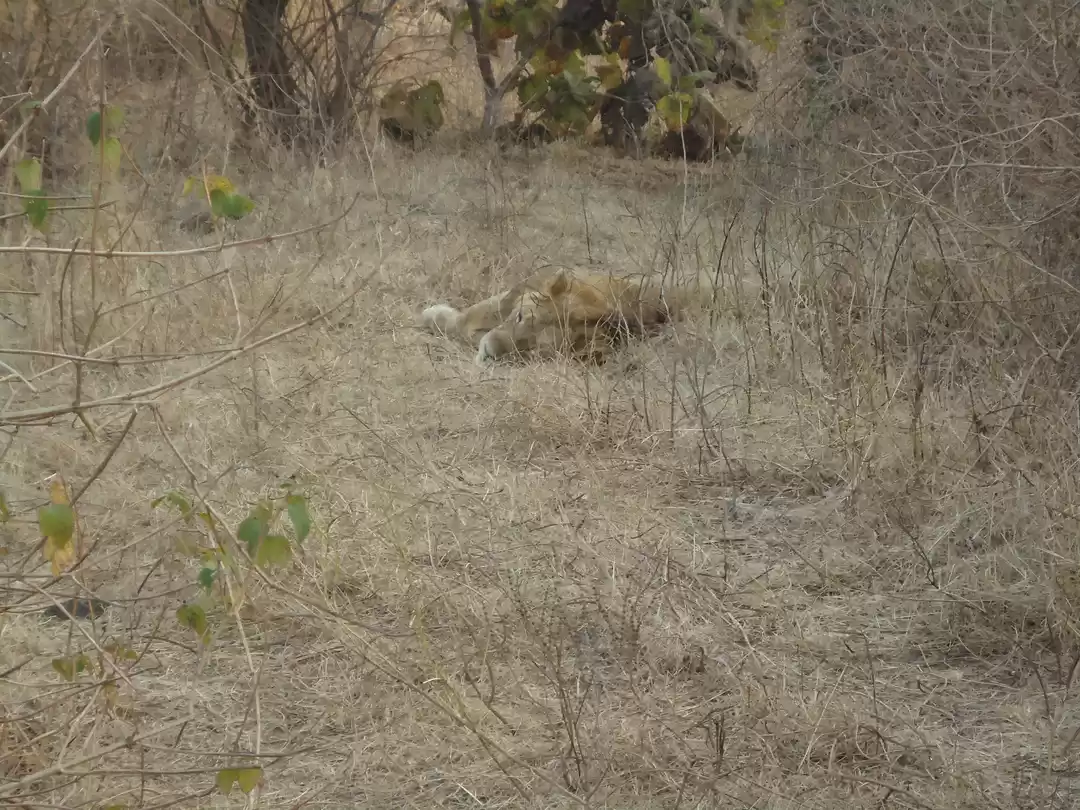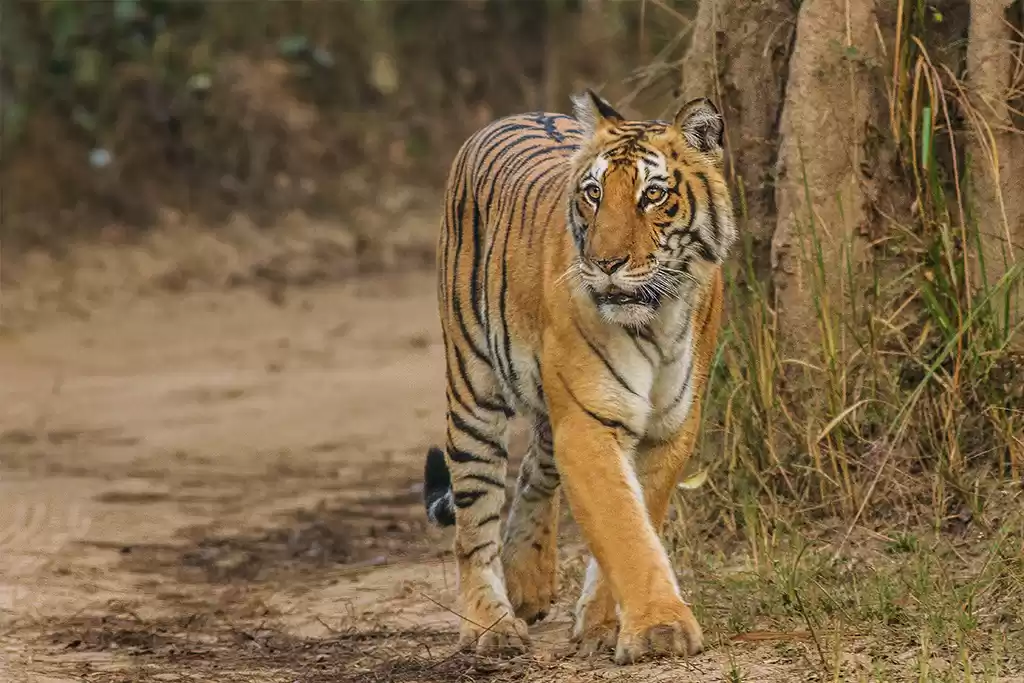If you are looking for a unique and unforgettable wildlife experience in India, you should not miss the Velavadar Blackbuck National Park in Gujarat. This park is home to the largest population of blackbucks, the graceful and endangered antelopes that are native to India. In addition to blackbucks, you can also spot a variety of other animals and birds in this park, which is one of the best places for birdwatching in the country.
In this article, we will provide you with a comprehensive guide on how to reach, explore, and enjoy the Velavadar Blackbuck National Park, as well as some travel tips and suggestions to make your trip memorable.
How to Reach Velavadar Blackbuck National Park
The Velavadar Blackbuck National Park is located in the Bhavnagar district of Gujarat, about 170 km from Ahmedabad, the capital city of the state. You can reach the park by air, train, or road, depending on your preference and budget.
By air:
The nearest airport to the park is the Bhavnagar Airport, which is about 65 km away. You can take a flight from Ahmedabad, Mumbai, Delhi, or other major cities to Bhavnagar, and then hire a taxi or a bus to reach the park. The flight duration from Ahmedabad to Bhavnagar is about 45 minutes, and the taxi fare from Bhavnagar Airport to the park is about Rs. 1500.
By train:
The nearest railway station to the park is the Bhavnagar Terminus, which is about 60 km away. You can take a train from Ahmedabad, Mumbai, Delhi, or other major cities to Bhavnagar, and then hire a taxi or a bus to reach the park. The train journey from Ahmedabad to Bhavnagar takes about 4 hours, and the taxi fare from Bhavnagar Terminus to the park is about Rs. 1200.
By road:
The Velavadar Blackbuck National Park is well-connected by road to Ahmedabad, Bhavnagar, and other nearby cities. You can drive your own car or hire a taxi or a bus to reach the park. The road distance from Ahmedabad to the park is about 170 km, and the driving time is about 3 hours. The road distance from Bhavnagar to the park is about 60 km, and the driving time is about 1 hour.
What to Expect from the Safari Experience
The Velavadar Blackbuck National Park offers a thrilling and rewarding safari experience for wildlife enthusiasts. You can explore the park in your own vehicle or hire a jeep or a guide from the park entrance. The safari timings are from 6:30 am to 9:30 am and from 3:00 pm to 6:00 pm. The park remains closed on Wednesdays and during the monsoon season (June to October).
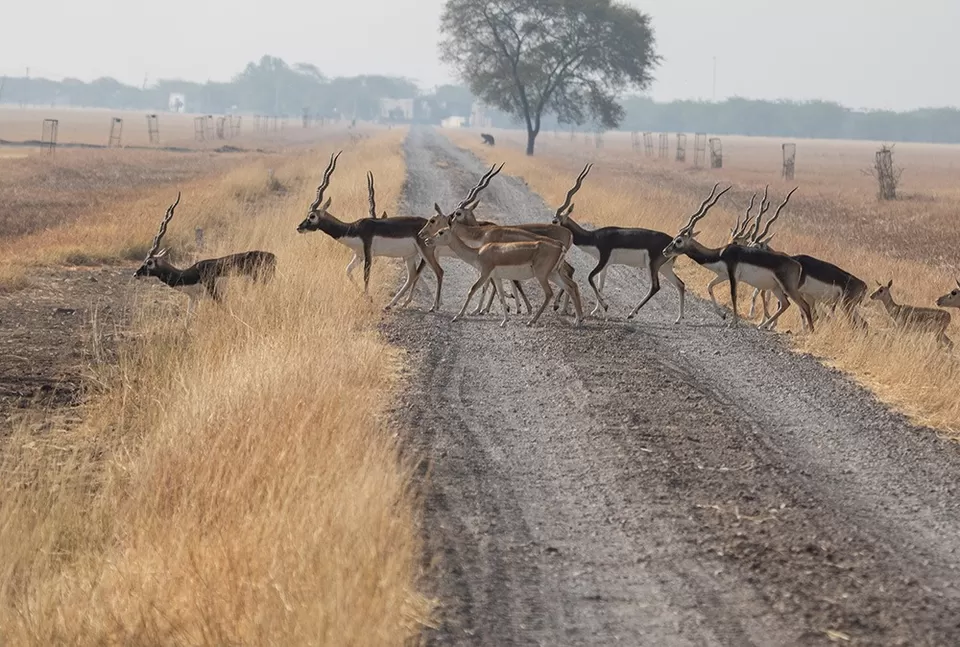
The safari fee is Rs. 400 per person for Indians and Rs. 1200 per person for foreigners. The vehicle entry fee is Rs. 200 for two-wheelers, Rs. 400 for four-wheelers, and Rs. 800 for six-wheelers. The guide fee is Rs. 100 per hour. You can also rent binoculars, cameras, and books from the park office.
The safari route covers about 34 km of the park, which is divided into three zones: Zone A, Zone B, and Zone C. Zone A is the core zone, where you can see the highest concentration of blackbucks and other wildlife. Zone B is the buffer zone, where you can see some wildlife and birds, but less than Zone A. Zone C is the tourism zone, where you can see some wildlife and birds, but more than Zone B.
The safari duration is about 2 to 3 hours, depending on your pace and interest. You can expect to see a variety of animals and birds in the park, such as:
Blackbucks: The star attraction of the park, the blackbucks are the fastest antelopes in the world, capable of running at speeds of up to 80 km per hour. They are also known for their elegant horns, which can grow up to 70 cm in length. The park has about 3000 blackbucks, which can be seen grazing, running, and fighting in the grasslands. The best time to see them is in the morning and evening, when they are most active.
Wolves: The main predators of the park, the wolves are the second most common mammal in the park, after the blackbucks. They are usually seen in packs of 6 to 8, hunting and scavenging in the park. The best time to see them is in the winter, when they are more visible and vocal.

Jackals: The opportunistic hunters of the park, the jackals are often seen following the wolves and feeding on their leftovers. They are also known for their loud and eerie howls, which can be heard at night. The best time to see them is in the evening and night, when they are more active and vocal.
Hyenas: The scavengers of the park, the hyenas are rarely seen in the park, as they are shy and nocturnal. They are known for their powerful jaws, which can crush bones and horns. The best time to see them is in the night, when they are more active and vocal.
Foxes: The smallest carnivores of the park, the foxes are often seen in pairs or small groups, hunting and foraging in the park. They are known for their bushy tails, which they use for balance and communication. The best time to see them is in the evening and night, when they are more active and vocal.
Nilgais: The largest antelopes of the park, the nilgais are also known as blue bulls, due to their bluish-grey coat. They are usually seen in small herds of 10 to 15, grazing and browsing in the park. They are known for their long legs, which help them run fast and jump high. The best time to see them is in the morning and evening, when they are more active.
Other animals:
The park also has some other animals, such as porcupines, hares, mongooses, hedgehogs, rats, and snakes. They are mostly seen in the night, when they are more active and visible.
Birdlife: The park is a paradise for birdwatchers, as it has over 140 species of birds, including migratory and endangered ones. Some of the birds that can be seen in the park are:
Harriers: The most common and conspicuous birds of the park, the harriers are raptors that hunt rodents and insects in the park. They are usually seen in large flocks of hundreds, soaring and gliding in the sky. They are known for their distinctive flight pattern, which involves tilting their wings and tail. The best time to see them is in the winter, when they migrate from Europe and Asia.
Pelicans: The largest and heaviest birds of the park, the pelicans are waterbirds that feed on fish and crustaceans in the park. They are usually seen in small groups of 10 to 20, swimming and diving in the water. They are known for their huge bills, which can hold up to 13 liters of water. The best time to see them is in the winter, when they migrate from Africa and Asia.
Flamingos: The most colorful and elegant birds of the park, the flamingos are waterbirds that feed on algae and plankton in the park. They are usually seen in large flocks of hundreds, standing and wading in the water. They are known for their pink plumage, which is caused by the carotenoids in their diet. The best time to see them is in the winter, when they migrate from Africa and Asia.
Storks: The tallest and longest-necked birds of the park, the storks are waterbirds that feed on frogs, fish, and insects in the park. They are usually seen in small groups of 10 to 15, walking and probing in the water. They are known for their black and white plumage, which contrasts with their red legs and bills. The best time to see them is in the winter, when they migrate from Europe and Asia.
Other birds: The park also has some other birds, such as cranes, ibises, spoonbills, egrets, herons, ducks, geese, kites, eagles, owls, larks, pipits, wheatears, shrikes, warblers, buntings, and sparrows. They are mostly seen in the winter, when they migrate from different parts of the world.
Things to Do and See in Velavadar Blackbuck National Park
The Velavadar Blackbuck National Park is not only a place to see wildlife, but also a place to enjoy nature and have fun. Here are some of the things that you can do and see in the park:

Photography:
The park is a photographer’s dream, as it offers stunning views of the wildlife, the landscape, and the sky. You can capture the beauty and diversity of the park in your camera, and create some amazing memories. You can also participate in the annual photography competition organized by the park authorities, and win some prizes and recognition.
Nature walks:
The park is a perfect place to enjoy some nature walks, as it has some well-marked trails and paths that take you through the grasslands, the woodlands, and the wetlands. You can admire the flora and fauna of the park, and learn more about the ecosystem and the conservation efforts. You can also join the guided nature walks organized by the park authorities, and interact with the naturalists and the local communities.
Camping:
The park is a great place to experience camping, as it has some designated campsites that offer basic facilities and amenities. You can pitch your own tent or rent one from the park office, and spend a night under the stars. You can also enjoy a bonfire, a barbecue, and some cultural programs at the campsite. Camping in the park is a wonderful way to connect with nature and yourself, and escape from the hustle and bustle of the city.
Nearby attractions
The park is also close to some other attractions that you can visit during your trip, such as:

The Bhal region:
The Bhal region is a vast plain of grasslands and wetlands that surrounds the park. It is a rich and diverse habitat for many wildlife and bird species, such as the sarus crane, the Indian skimmer, the lesser florican, and the wild ass. The Bhal region is also home to some historical and cultural sites, such as the Lothal Harappan site, the Khodiyar Mata temple, and the Piram island.

The Nalsarovar Bird Sanctuary:
The Nalsarovar Bird Sanctuary is a large lake that is a haven for migratory and resident birds. It is about 100 km from the park, and can be reached by road. The sanctuary has about 250 species of birds, such as flamingos, pelicans, ducks, geese, cranes, storks, and waders. The sanctuary also offers boat rides, horse rides, and cycling facilities for the visitors.

The Palitana Jain Temples:
The Palitana Jain Temples are a cluster of more than 900 temples that are dedicated to the Jain faith. They are about 120 km from the park, and can be reached by road. The temples are located on the Shatrunjaya hills, and are considered to be one of the holiest pilgrimage sites for the Jains. The temples are known for their exquisite architecture, sculptures, and paintings, and offer a panoramic view of the surroundings.
Tips
Here are some travel tips and suggestions to help you plan your trip:
Book your safari and accommodation in advance, as the park has limited capacity and availability.
Carry your identity proof, camera, binoculars, water bottle, sunscreen, hat, sunglasses, and insect repellent with you.
Respect the wildlife and the environment, and do not litter, feed, or disturb the animals and birds.
Follow the rules and regulations of the park, and listen to the instructions of the guides and the staff.
Enjoy the beauty and diversity of the park, and share your experience with others.
The Velavadar Blackbuck National Park is a must-visit destination for wildlife lovers, as it offers a rare and remarkable opportunity to see the blackbucks and other animals and birds in their natural habitat. The park also offers a range of activities and attractions that can make your trip enjoyable and memorable.
We hope you found this article helpful and informative. If you have any questions or feedback, please leave a comment below.
If you are interested in booking a trip to the Velavadar Blackbuck National Park, please visit our website or contact us. Thank you for reading and happy travels!














